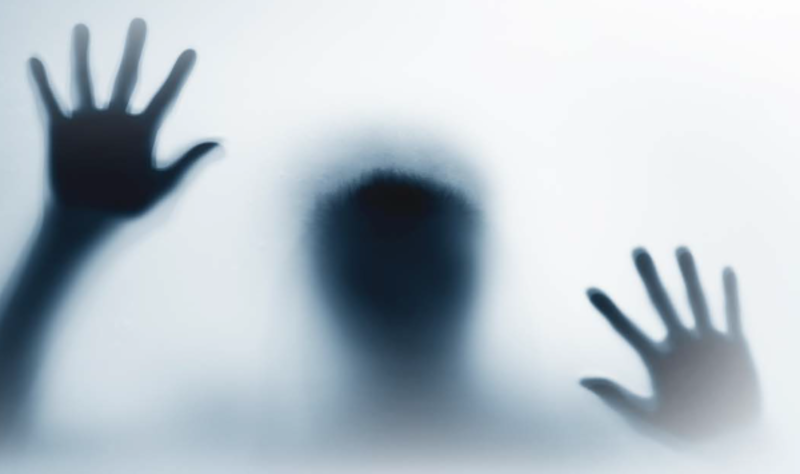Borderline: Emotions at the border
Psychotherapy and psychosomatics in childhood and adolescence(10.06.2025) There is an iron rule in psychiatry: personality disorders are only diagnosed from the age of 18. And there is exactly one exception to this rule: emotionally unstable personality disorder of the borderline type.
"In recent years, we have noticed that patients between the ages of 20 and 30 often say that they can remember when they first developed symptoms at the age of 14 or 15," says Professor Dr. Christian Fleischhaker, Acting Medical Director of the Department of Child and Adolescent Psychiatry, Psychotherapy and Psychosomatics at the Medical Center - University of Freiburg. This is the reason for falling below the threshold in this case.

The earlier a borderline disorder in adolescents is recognized and treated, the better the chances of recovery. ©ketchum
Those affected can be helped earlier in Freiburg
Doctors are well aware of how sensitive this is. A diagnosis of a personality disorder is something that adults and those around them often find difficult to deal with. Adolescents are probably hit even harder. "But," says Christian Fleischhaker, "borderline personality disorder is relatively easy to treat." This means that those affected can be helped earlier, they don't have to suffer for years until the diagnosis is made and adequate treatment can be provided. This is an argument in favor of early diagnosis. At the Freiburg clinic, adolescents can be diagnosed from the age of 16, and in exceptional cases from the age of 14.
Those affected suffer from extreme inner tension
Borderline personality disorder is a personality disorder that is primarily characterized by instability of emotions, mood and interpersonal relationships. Those affected suffer from extreme inner tension due to violent emotional fluctuations. To alleviate this, they often resort to self-harming behavior. Self-harm, high-risk activities and drug use immediately reduce the tension, but quickly become a kind of "addiction". The self-image of those affected is disturbed, they feel torn apart and suffer from massive fears of abandonment.
Borderline therapy is very effective for adolescents
The therapy of choice for borderline personality disorder is dialectical behavioral therapy or dialectical behavioral therapy, or DBT for short. For a long time, attempts were made to help patients primarily with depth psychology-oriented therapies, but in recent decades it has been shown that DBT works far better than non-specific standard procedures. "When the number of young sufferers increased rapidly around the year 2000, we decided to try DBT with adolescents as well - and were surprised to find that it works even more effectively with them than with adults," says Fleischhaker. It is a highly complex therapy program that we mainly carry out on an outpatient basis.
The earlier the disorder is recognized and treated, the better the chances of recovery
DBT-A includes individual therapy and group training, and the therapists are also available to patients by telephone in an emergency. In individual therapy, the various problems of the affected person are worked on in a hierarchical sequence. Suicidal and therapy-threatening behavior is at the top of the list. The therapists try to find a balance between understanding and appreciating the patient's problems and initiating the necessary changes. Group therapy is used to train the skills needed to change behavior.
There is no effective drug therapy for borderline personality disorder. In Germany, only one psychotropic drug is approved for the treatment of depression in adolescents under the age of 18. In some cases, borderline personality disorder is accompanied by severe depression, in which case the medication would be appropriate. "Otherwise, however, we achieve very good results with psychotherapy, so no medication is needed," says Fleischhaker.
The prognosis for borderline personality disorder is favorable. This is because the illness itself is as unstable as its symptoms. After five years, only 30 to 40 percent of affected adolescents still meet the diagnostic criteria, says Fleischhaker. The earlier the disorder is recognized and treated, the better the chances that the therapy will be successful. This is a clear argument in favor of diagnosis from the age of 16.
Diagnosis
If five of the following criteria remain stable over a period of one year, it may be a borderline disorder:
- Frantic efforts to avoid actual or suspected abandonment.
- A pattern of unstable and intense interpersonal relationships.
- Pronounced and persistent instability of self-image or self-perception.
- Impulsivity in at least two potentially self-harming areas (for example, money spending, sexuality, substance abuse, reckless driving, "binge eating").
- Repeated suicidal acts, suicidal ideation or threats or self-harm behavior.
- Affective instability due to a marked orientation to current mood (e.g. high levels of episodic moodiness [dysphoria], irritability or anxiety, with these moods usually lasting a few hours and rarely more than a few days).
- Chronic feeling of emptiness.
- Inappropriate, violent anger or difficulty controlling anger (for example, frequent outbursts of anger, persistent anger, repeated physical altercations).
- Temporary paranoid ideation triggered by stress or severe dissociative symptoms.
More interesting articles
Medical Center - University of Freiburg
Central InformationPhone: 0761 270-0
info@uniklinik-freiburg.de
Corporate Communications
Breisacher Straße 15379110 Freiburg
Phone: 0761 270-84830
kommunikation@uniklinik-freiburg.de



